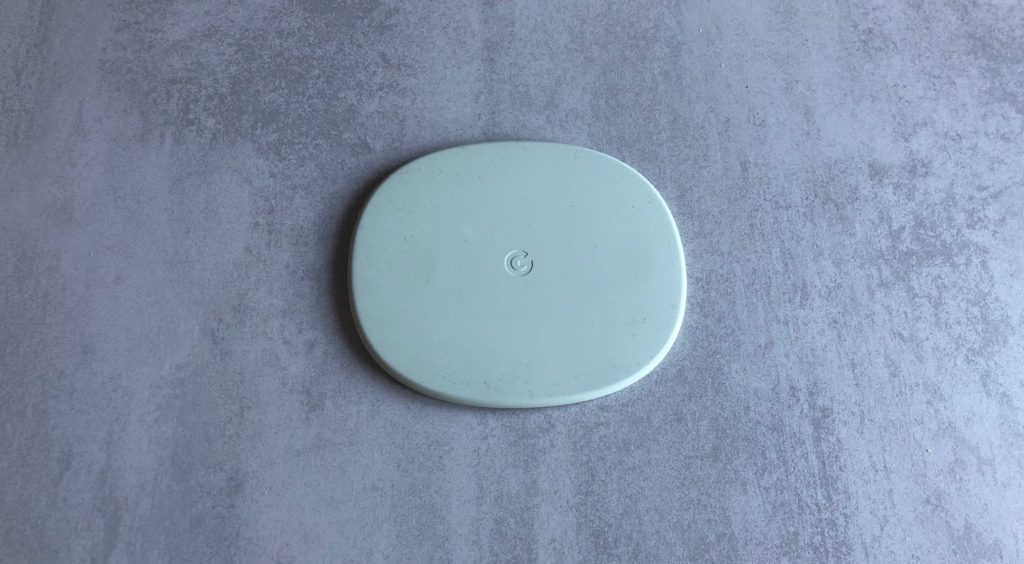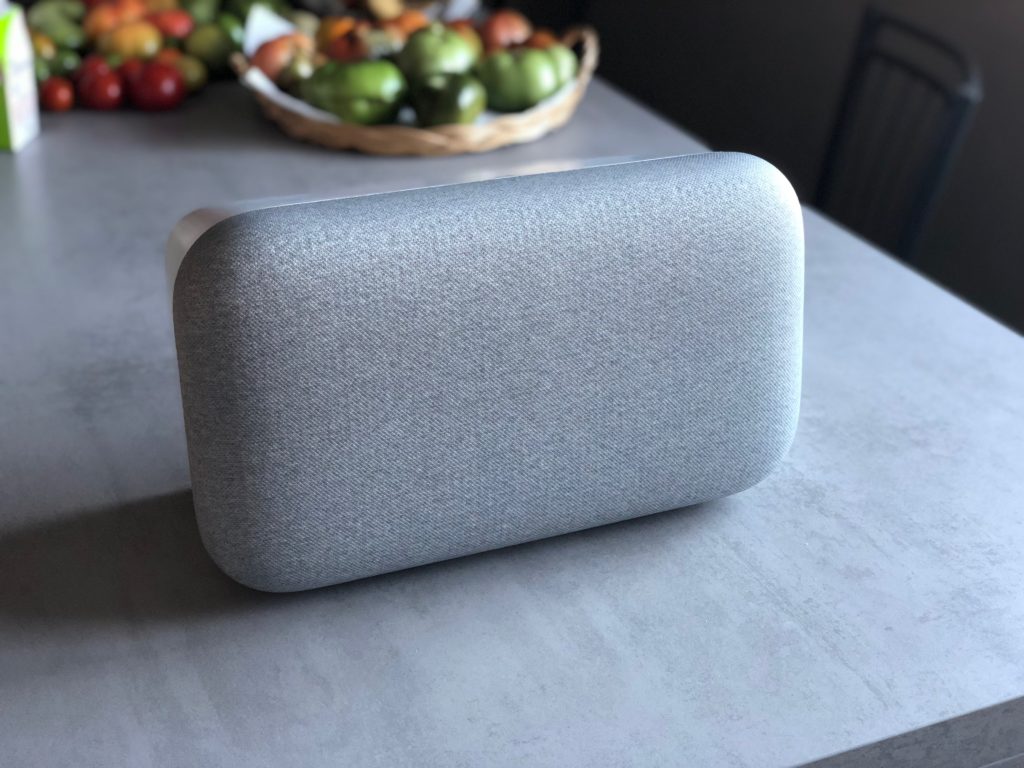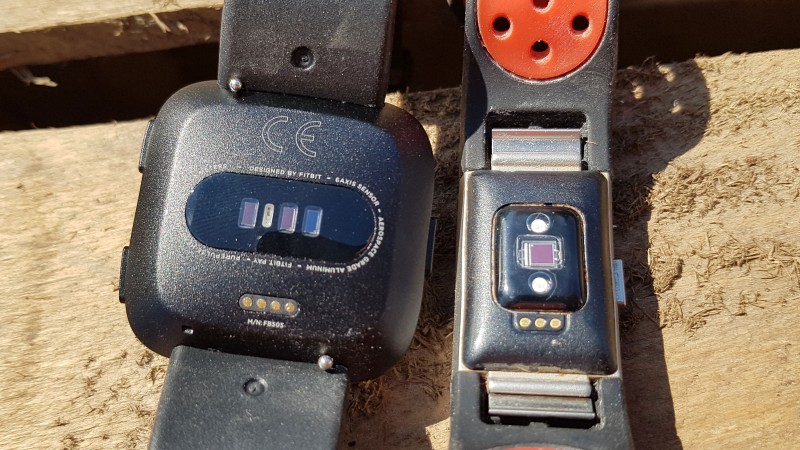Google Home Max Review: a powerful yet disappointing connected speaker
Apple’s only connected speaker is the HomePod (which makes up for Siri’s shortcomings with its excellent acoustic quality). Google, on the other hand, offers several such products geared to “Home” use, with names like Mini and Max. The largest of these products, the Google Home Max, is the one we will be discussing here.
Retailing for around 399$, this connected speaker was engineered to satisfy even the most demanding listeners. In other words… to make you forget about the mediocre acoustic performance of the Google Home (which retails for much less: 129 dollars). A world leader in wireless technology, Google is now seeking to validate its wireless connected speaker. And, after having spent a few weeks testing the Home Max, we have to say that it still has a lot of room left for improvement.
The Home Max isn’t very elegant but it does have some great features
A connected speaker designed to fit in with a person’s interior decor should, above all, be aesthetically appealing. However, it would be fair to say that the Google Home Max is somewhat lacking in this respect. Very massive, the Google Home’s big brother is not very elegant: it resembles a large gray or black brick (your two color options) that sticks out when it is placed on top of a piece of furniture. At least the Home Max has very good finish quality (there’s nothing protruding from the speaker’s case); also noteworthy is its ability to be placed vertically in the manner of a bookshelf speaker. Google also supplies a small, magnetic silicone support to prevent the speaker from being in direct contact with the surface it is sitting on.






 With the Versa, Fitbit has brought a new and very interesting fitness tracker to the market. Where the Fitbit Versa at first reminds you of the Ionic or Blaze, the new tracker is at the same price range as the very popular Fitbit Charge 2 and Charge 3.
With the Versa, Fitbit has brought a new and very interesting fitness tracker to the market. Where the Fitbit Versa at first reminds you of the Ionic or Blaze, the new tracker is at the same price range as the very popular Fitbit Charge 2 and Charge 3. Optically they are different. Both work with PurePulse technology and convince. Generally, pulse measurement by Fitbit has proved itself very well in its previous models. That is still the case now. Although the sensor looks different, Fitbit is sticking to its PurePulse technology for both devices. If you would like to find out more about this, you can look at the
Optically they are different. Both work with PurePulse technology and convince. Generally, pulse measurement by Fitbit has proved itself very well in its previous models. That is still the case now. Although the sensor looks different, Fitbit is sticking to its PurePulse technology for both devices. If you would like to find out more about this, you can look at the